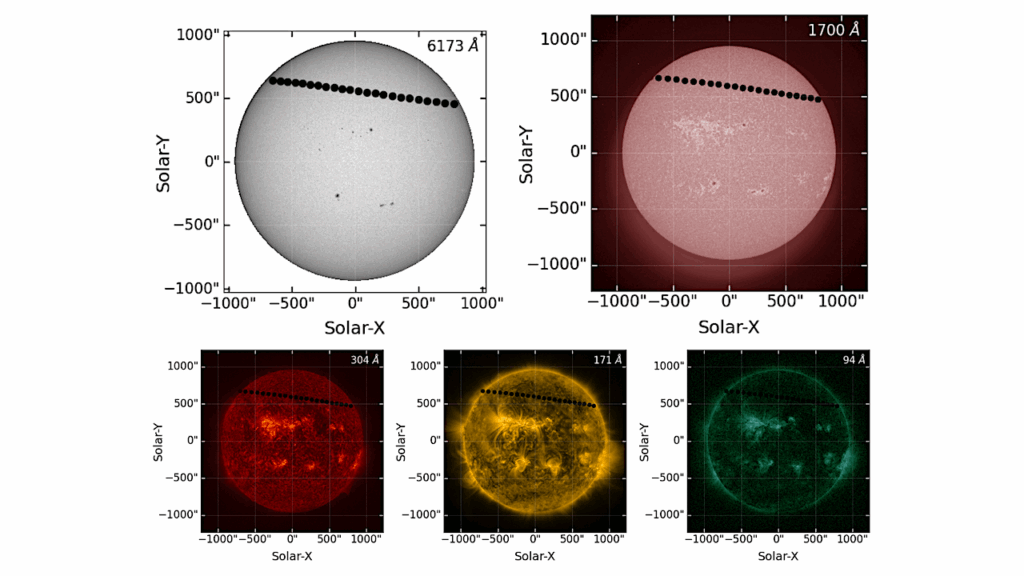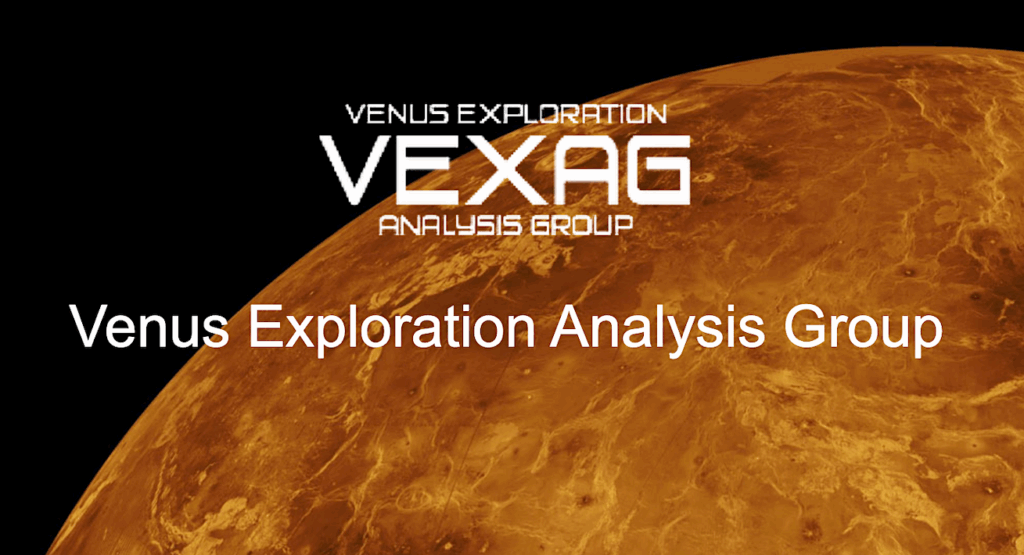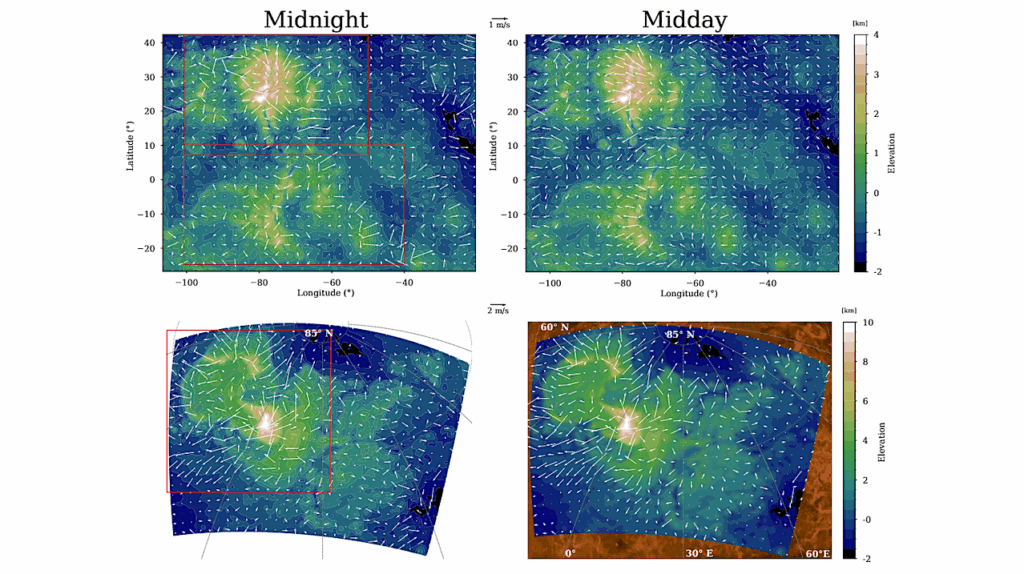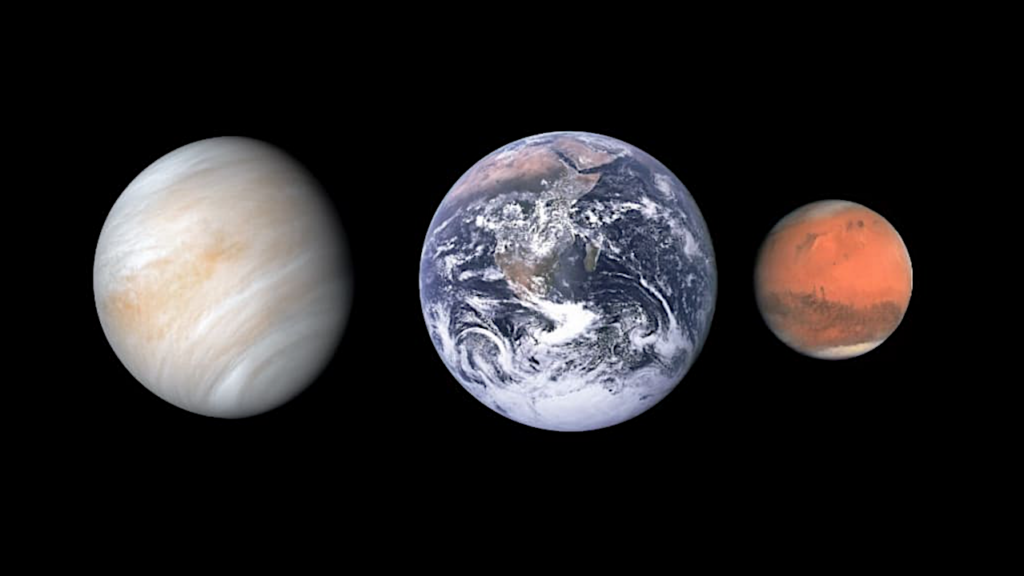Proposed Energy-metabolisms Cannot Explain The Atmospheric Chemistry Of Venus

Life in the clouds of Venus, if present in sufficiently high abundance, must be affecting the atmospheric chemistry. It has been proposed that abundant Venusian life could obtain energy from its environment using three possible sulfur energy-metabolisms.
These metabolisms raise the possibility of Venus’s enigmatic cloud-layer SO2-depletion being caused by life. We here couple each proposed energy-metabolism to a photochemical-kinetics code and self-consistently predict the composition of Venus’s atmosphere under the scenario that life produces the observed SO2-depletion.
Using this photo-bio-chemical kinetics code, we show that all three metabolisms can produce SO2-depletions, but do so by violating other observational constraints on Venus’s atmospheric chemistry.
We calculate the maximum possible biomass density of sulfur-metabolising life in the clouds, before violating observational constraints, to be ∼10−5−10−3mgm−3. The methods employed are equally applicable to aerial biospheres on Venus-like exoplanets, planets that are optimally poised for atmospheric characterisation in the near future.
Sean Jordan, Oliver Shorttle, Paul B. Rimmer
Comments: Published in Nature Communications
Subjects: Earth and Planetary Astrophysics (astro-ph.EP)
Cite as: arXiv:2206.06414 [astro-ph.EP] (or arXiv:2206.06414v1 [astro-ph.EP] for this version)
https://doi.org/10.48550/arXiv.2206.06414
Focus to learn more
Related DOI:
https://doi.org/10.1038/s41467-022-30804-8
Focus to learn more
Submission history
From: Sean Jordan
[v1] Mon, 13 Jun 2022 18:47:46 UTC (128 KB)
https://arxiv.org/abs/2206.06414
Astrobiology








